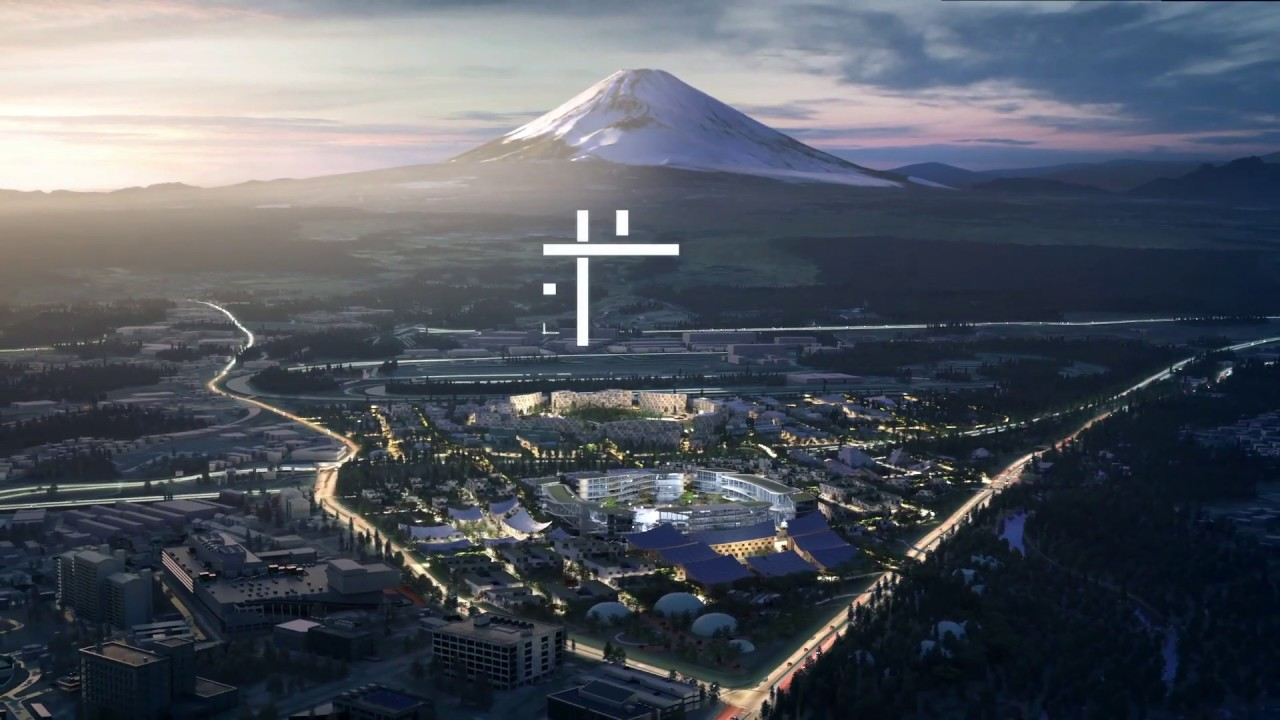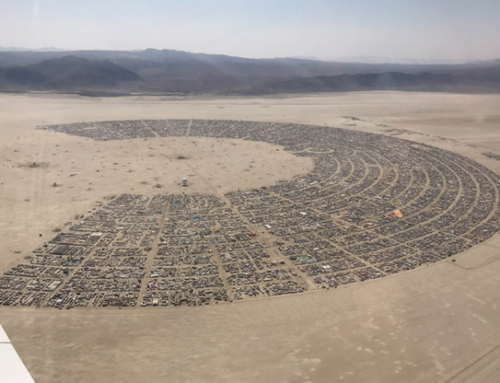Introduction to Toyota’s Woven City
The Woven City is envisioned as a “living laboratory” where full-time residents and researchers will be able to test and develop technologies such as autonomy, robotics, personal mobility, smart homes, and artificial intelligence in a real-world setting. (1)
“Building a complete city from the ground up, even on a small scale like this, is a unique opportunity to develop future technologies, including a digital operating system for the city’s infrastructure. With people, buildings and vehicles all connected and communicating with each other through data and sensors, we will be able to test connected AI technology… in both the virtual and the physical realms… maximizing its potential,” said Akio Toyoda, president, Toyota Motor Corporation. (1)
Bjarke Ingels – The architect behind Toyota’s Woven City
Toyota has commissioned Danish architect Bjarke Ingels, Founder and Creative Director of Bjarke Ingels Group, to design Woven City (BIG).
“A swarm of different technologies are beginning to radically change how we inhabit and navigate our cities. Connected, autonomous, emission-free and shared mobility solutions are bound to unleash a world of opportunities for new forms of urban life. With the breadth of technologies and
industries that we have been able to access and collaborate with from the Toyota ecosystem of companies, we believe we have a unique opportunity to explore new forms of urbanity with the Woven City that could pave new paths for other cities to explore.” Bjarke Ingels, Founder and Creative Director, BIG. (1)

Woven City design concept
Woven City gets its name from its concept and design, which features three types of streets that are ‘interwoven’ on the ground level, one for automated driving, one for pedestrians, and one for personal mobility vehicles. There will also be an underground road used to transport goods. (2)
Woven City is still in the concept stage, with artist’s renderings depicting pedestrians strolling through tree-lined streets and green spaces, with the occasional vehicle.. However, its primary function is to serve as a living laboratory for the testing and evolution of new technologies, particularly software and its integration with hardware.
The delivery of products is one example of a concept in development, with the proposal that goods, parcels, mail, and other items be delivered to a logistics center, from which they are transported underground via an autonomous robot known as the S-palette to the smart posts’ of households. The robots would also collect trash and outgoing item packages from the smart posts, which they would then deliver to the logistics center. (2)
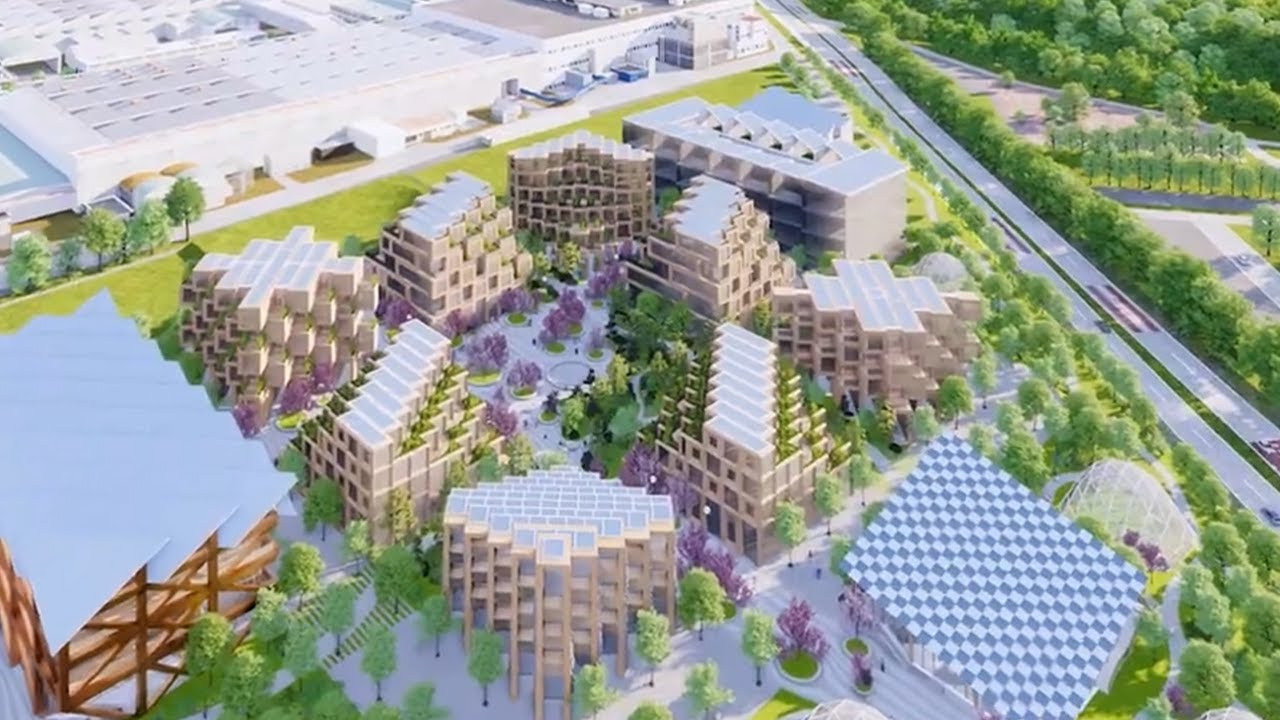
Woven City is still in the concept stage, with artist’s renderings depicting pedestrians strolling through tree-lined streets and green spaces, with the occasional vehicle.. However, its primary function is to serve as a living laboratory for the testing and evolution of new technologies, particularly software and its integration with hardware.
The delivery of products is one example of a concept in development, with the proposal that goods, parcels, mail, and other items be delivered to a logistics centre, from which they are transported underground via an autonomous robot known as the S-palette to the smart posts’ of households. The robots would also collect trash and outgoing item packages from the smart posts, which they would then deliver to the logistics centre. (2)
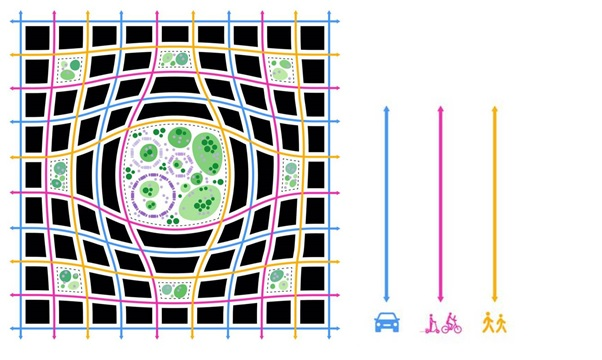
The development of a city takes place over many years and decades. But with digital technology we can compress that and do many iterations of improvement,” Kuffner says.
“Toyota’s production system is based around continuous improvement and we are hoping to apply those ideas with new digital tools to accelerate that development and learning to achieve a more helpful, beneficial society for the cities of the future much faster.” (2)
Woven City as a Living Laboratory
Woven City is based on the idea that everyone, including people, buildings, and vehicles, can communicate with one another using real-time data and embedded sensors. Toyota will be able to test how advanced AI technology works in the real world with minimal risk thanks to this connectivity. (3)
Solar energy, hydrogen fuel cells, and geothermal energy are all used to power the city’s fully connected ecosystem.
On the ground level, Woven City will have three types of streets: one dedicated to pedestrians, one for people with personal mobility vehicles, and one for automated driving. (3)
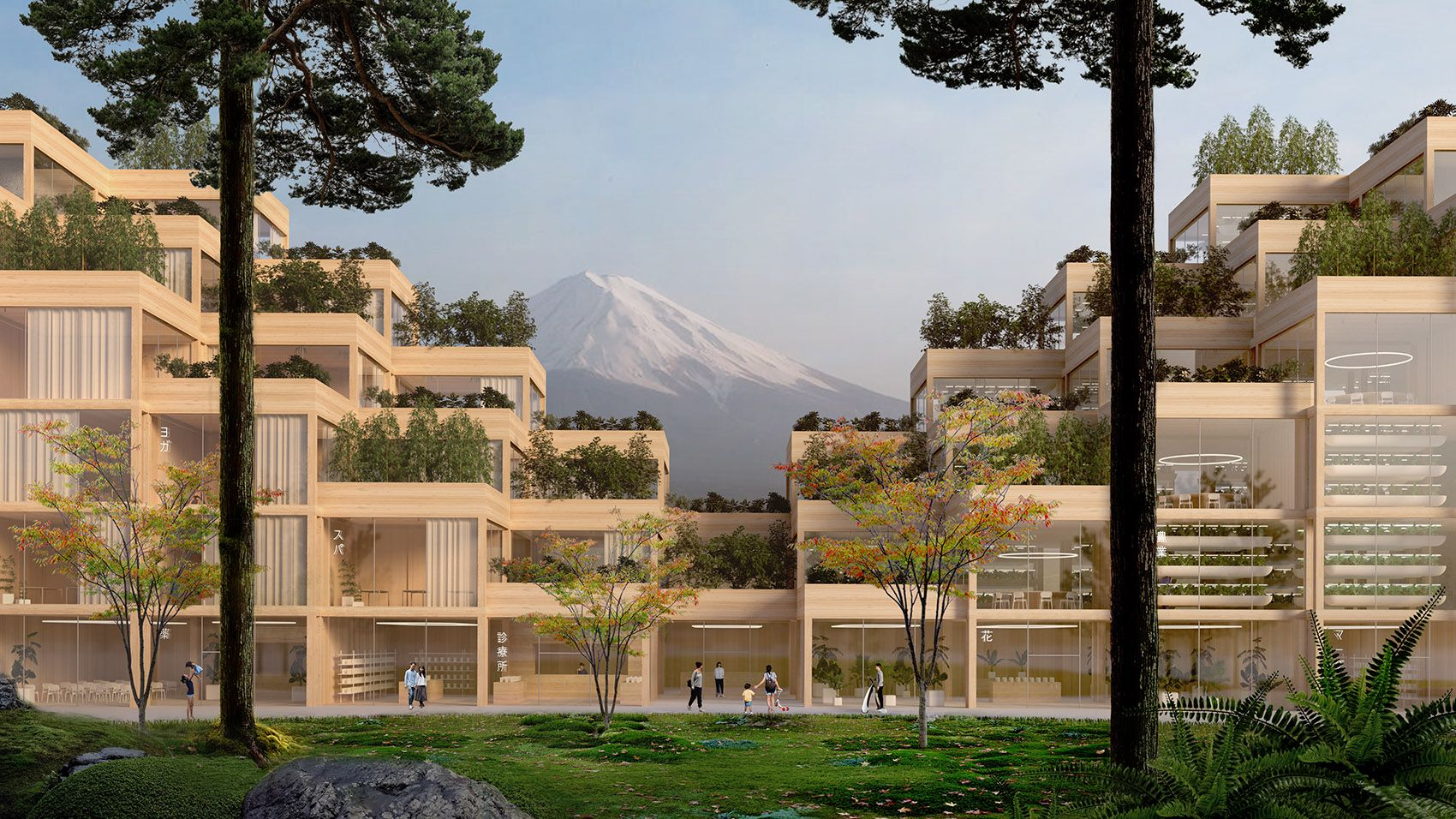
Cities Custom-Built for Autonomous Cars
Experts predict that more than 33 million autonomous vehicles will be sold globally in 2040 – but today, even the most advanced self-driving cars still require some degree of human supervision.
Cities must be fully wired to funnel massive amounts of data to autonomous vehicles in order for them to be widely adopted. Sensors and cameras are strewn across roads, traffic lights, and buildings can provide cars with information on everything from weather patterns to cyclist behavior. Once autonomous vehicles have that information, they can process it and use it to navigate the city safely. (4)
Modern cities aren’t set up this way yet, which is why Toyota is starting from scratch with its sensor-laden Woven City. The new community will allow the automobile manufacturer to test a completely new city infrastructure in order to develop safer systems. (4)
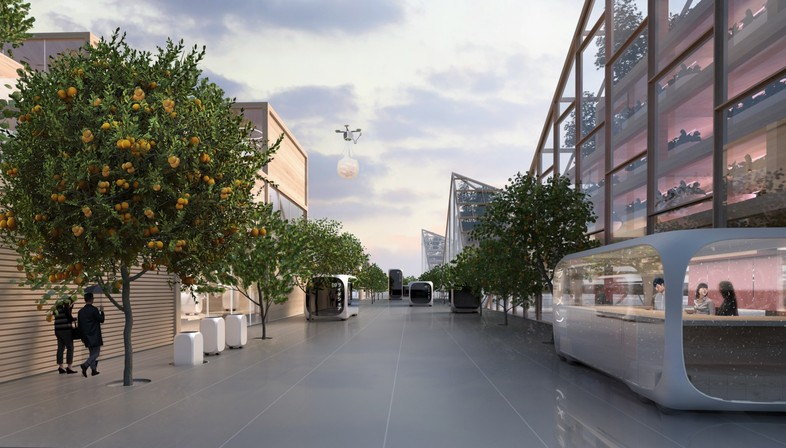
Smart city developments timeline
Despite the early days’ several notable developments have occurred since the start of the year 2021.
Woven Planet bought the Level 5 division of Lyft, a ride-hailing company, in April’21 to speed up software development for automated driving mobility.
Eneos Corporation, a Japanese energy and materials company, agreed in May ’21 to demonstrate a hydrogen-based supply chain in and around Woven City, from production to delivery and usage. (5)
Woven Alpha announced in June’21 that it had reached an agreement with Isuzu and Hino to use its Automated Mapping Platform, which includes high-definition data-rich maps, to provide high-precision localization support to automated driving vehicles.
Finally, Woven Capital has made its first investment in Nuro, a Silicon Valley-based automated delivery robotics company. The investment was made as part of a Series C round of funding to help the company advance its electric self-driving vehicle design and engineering. (5)

